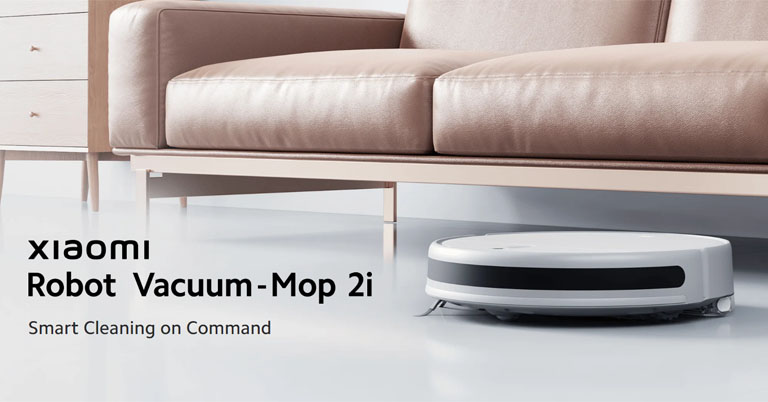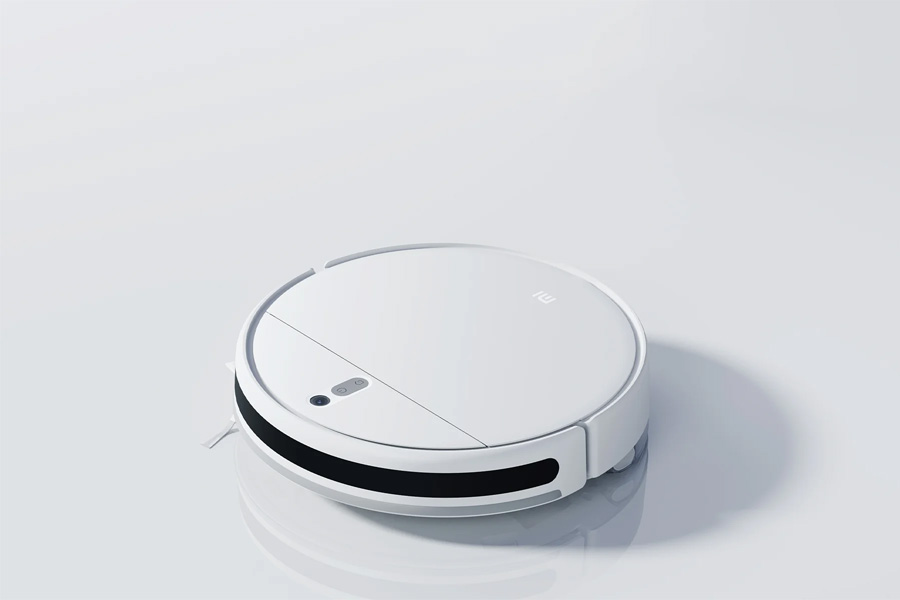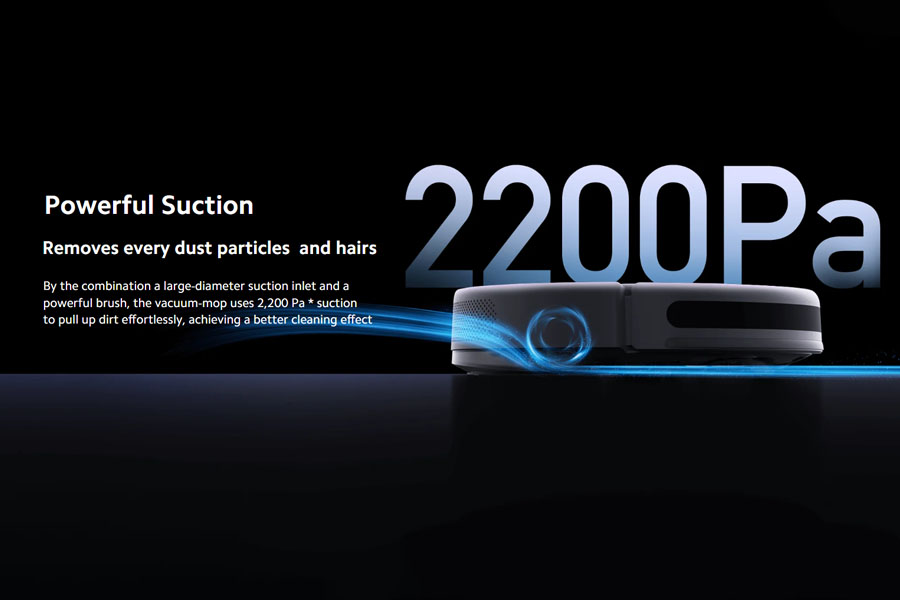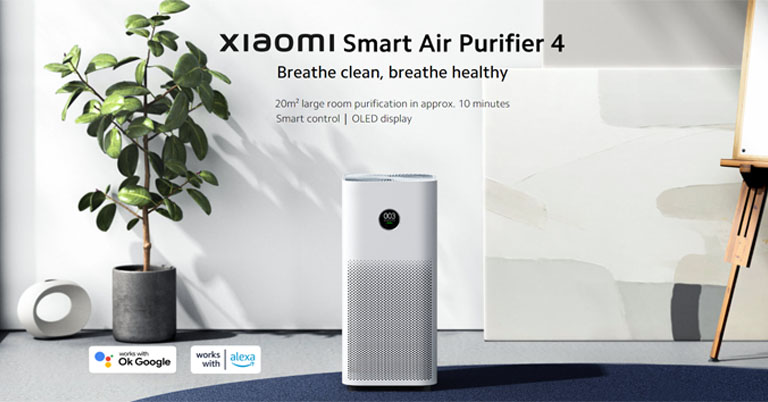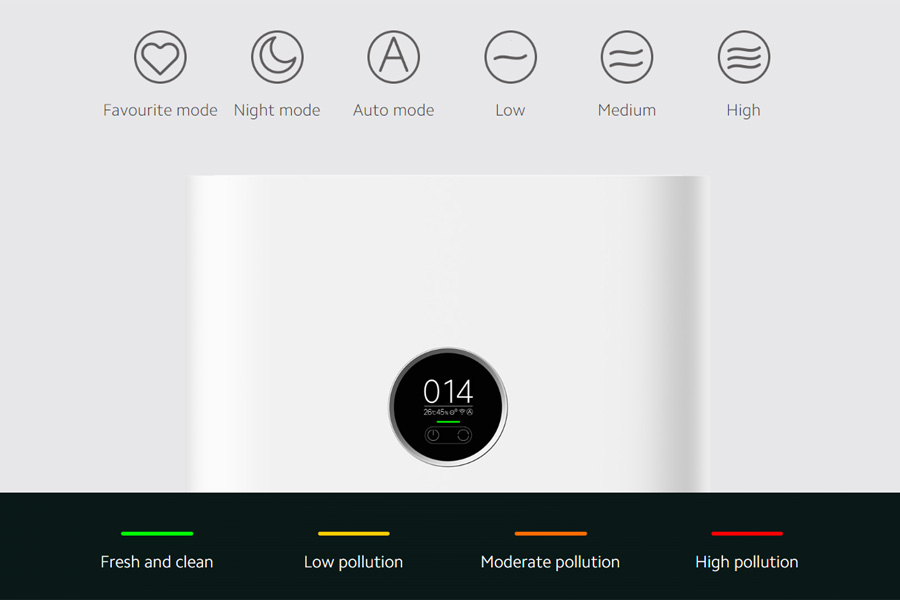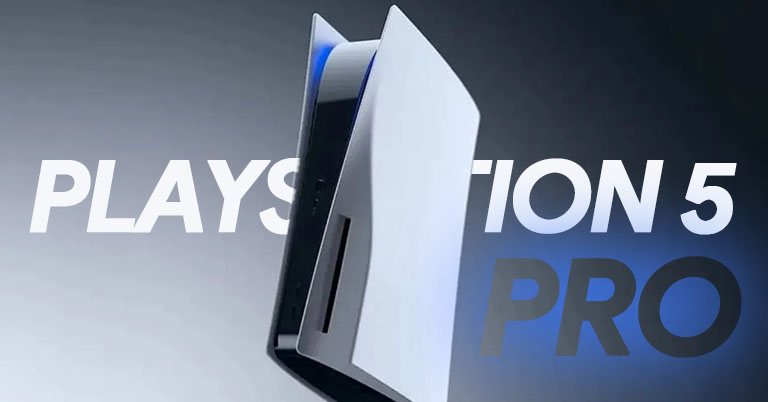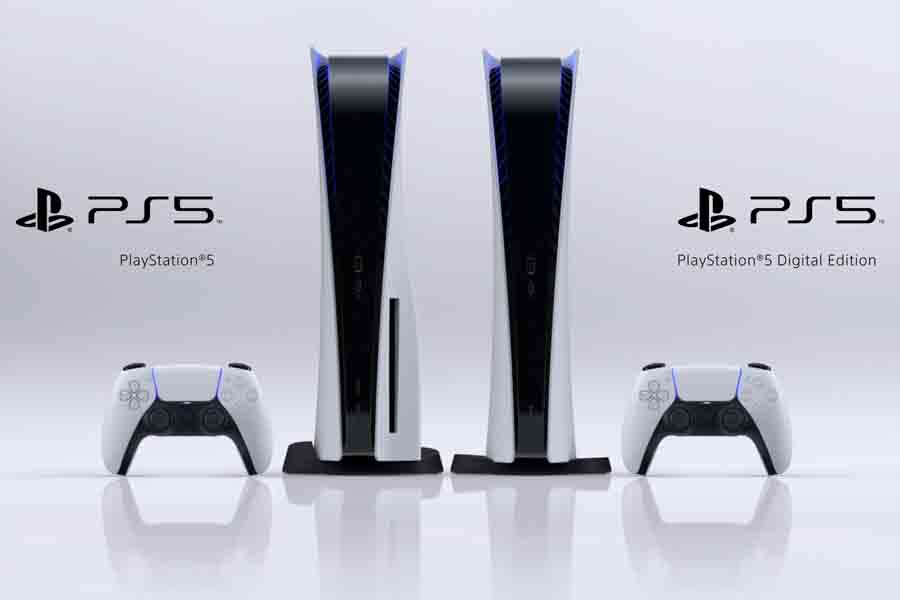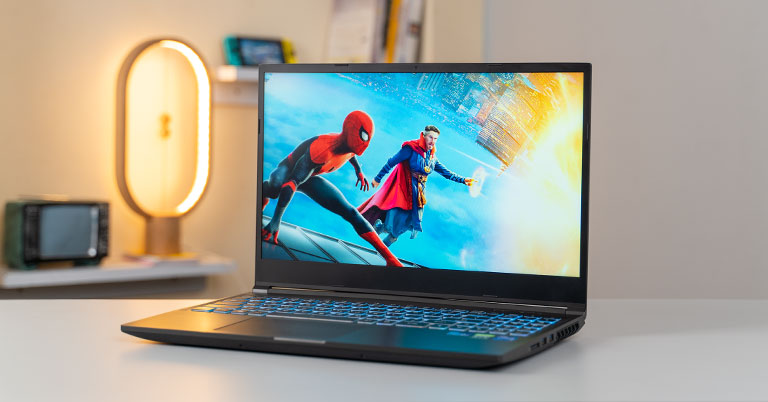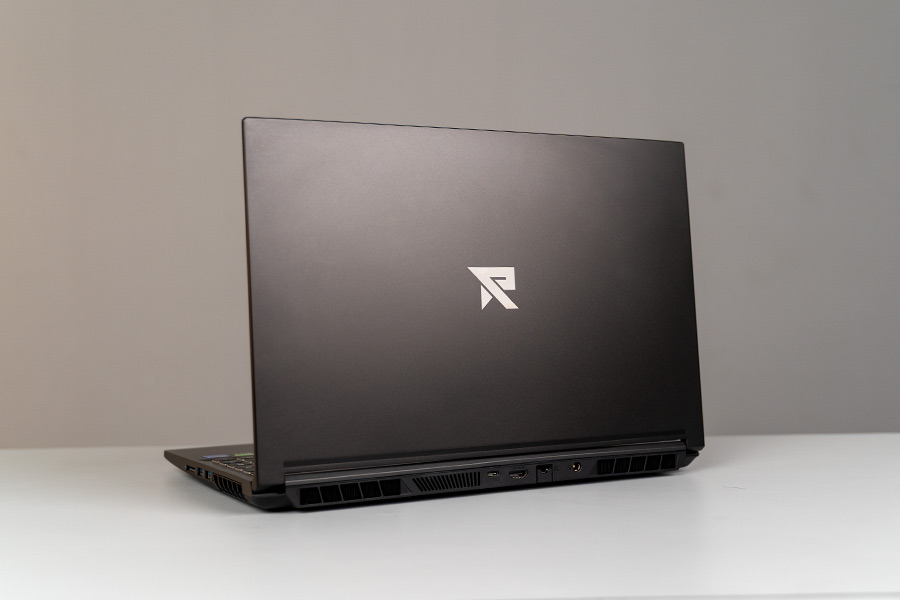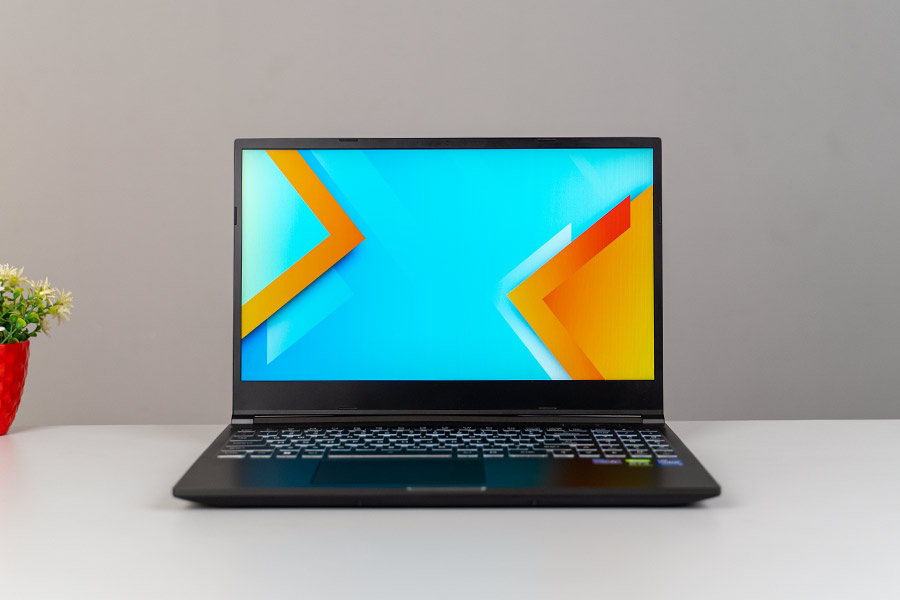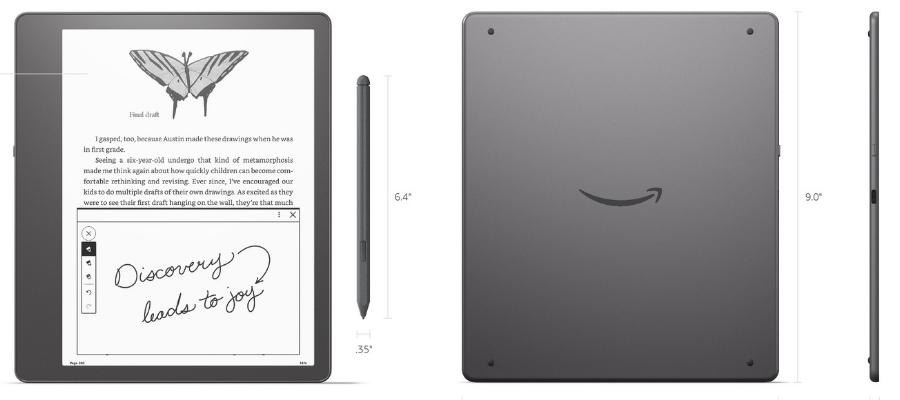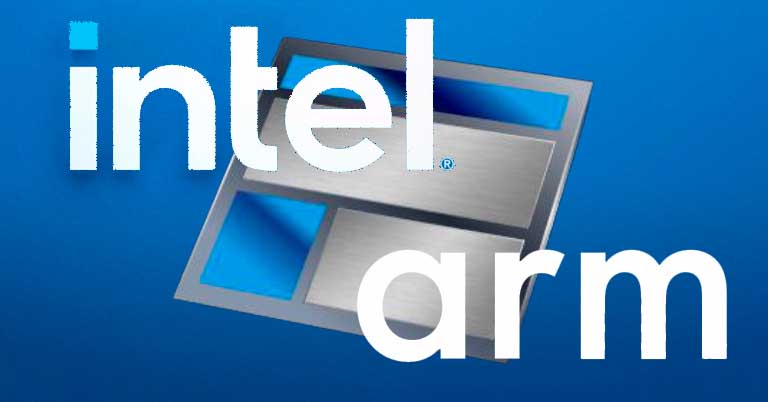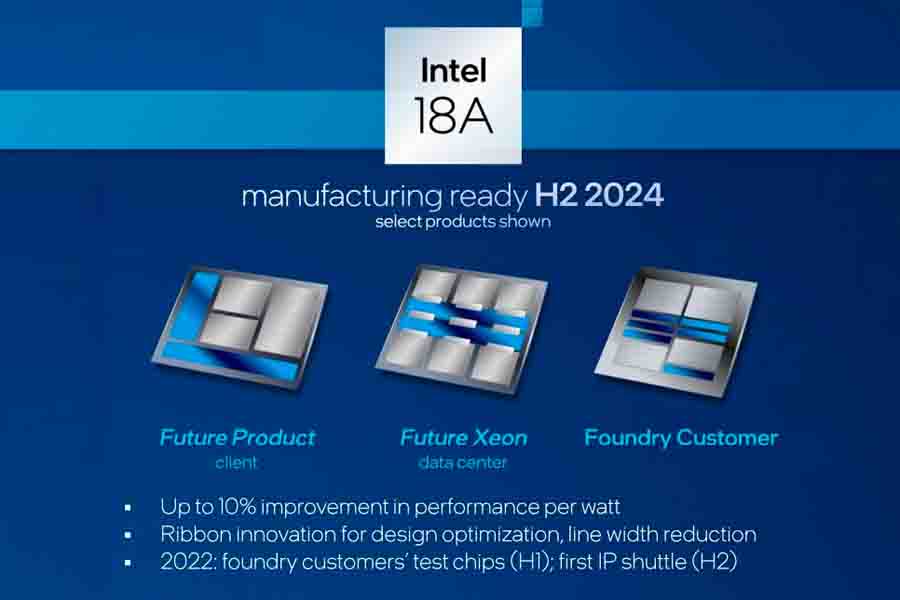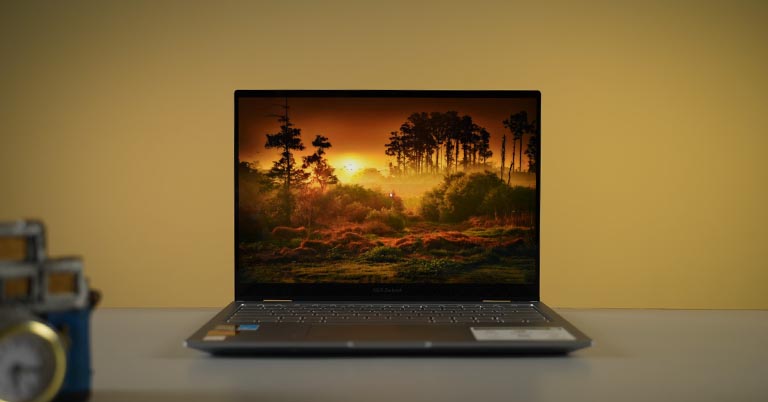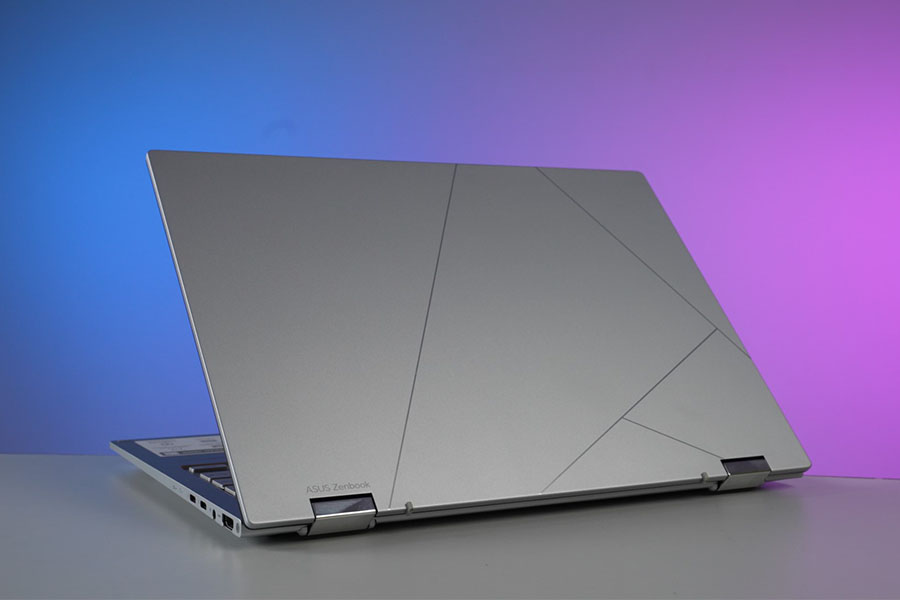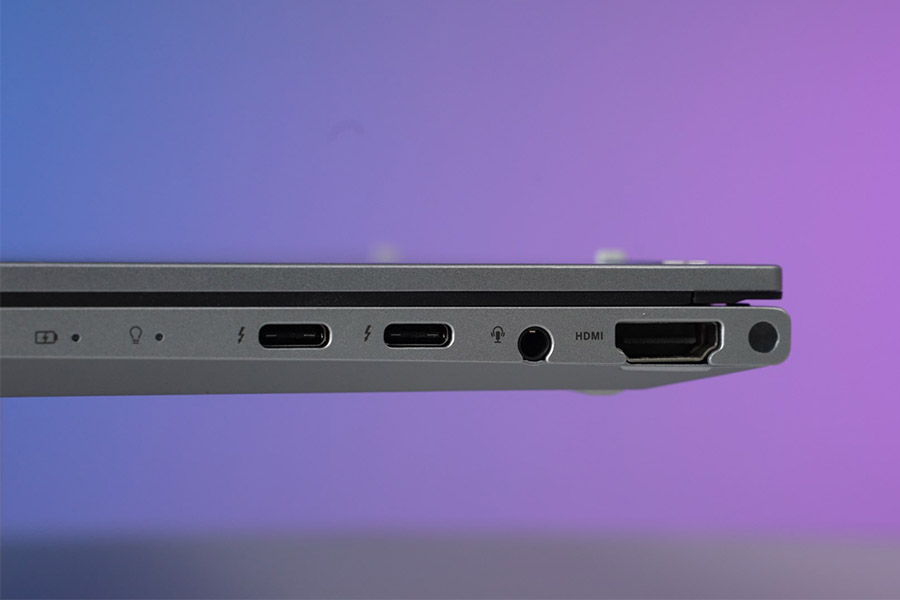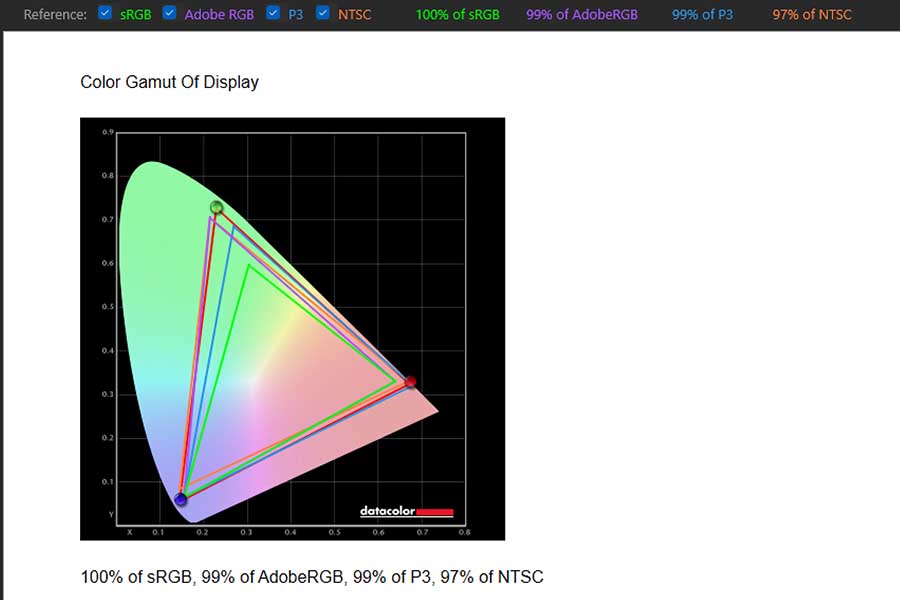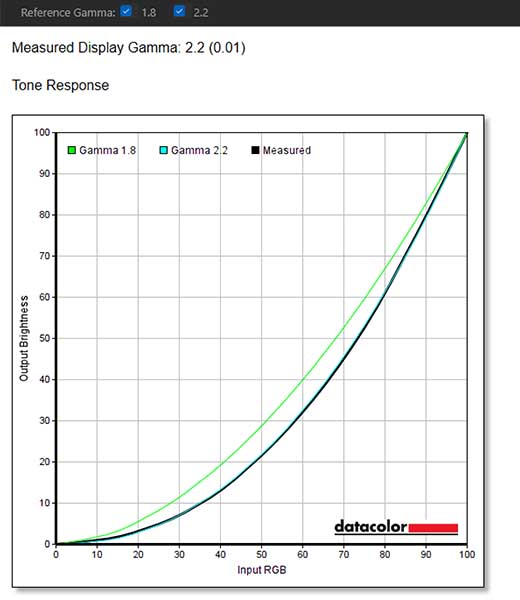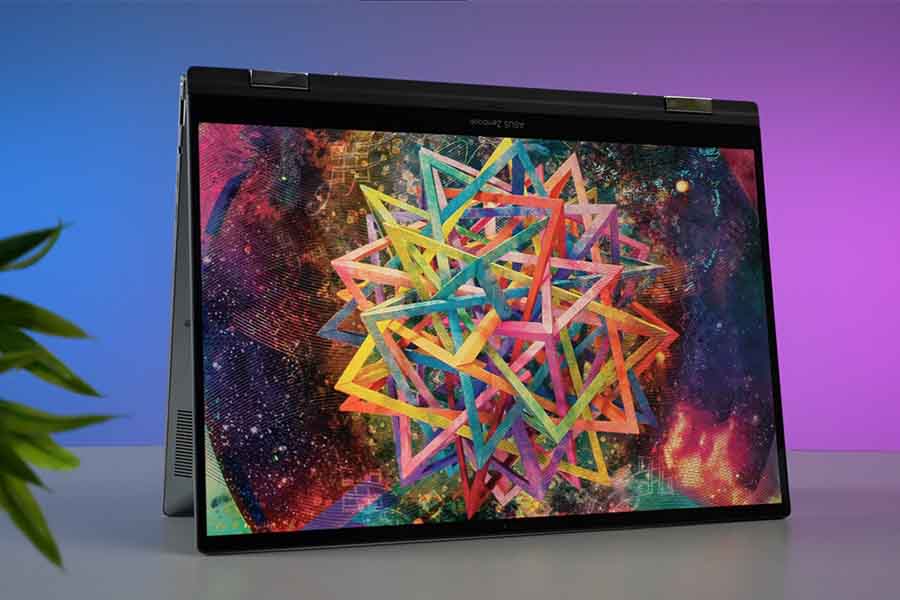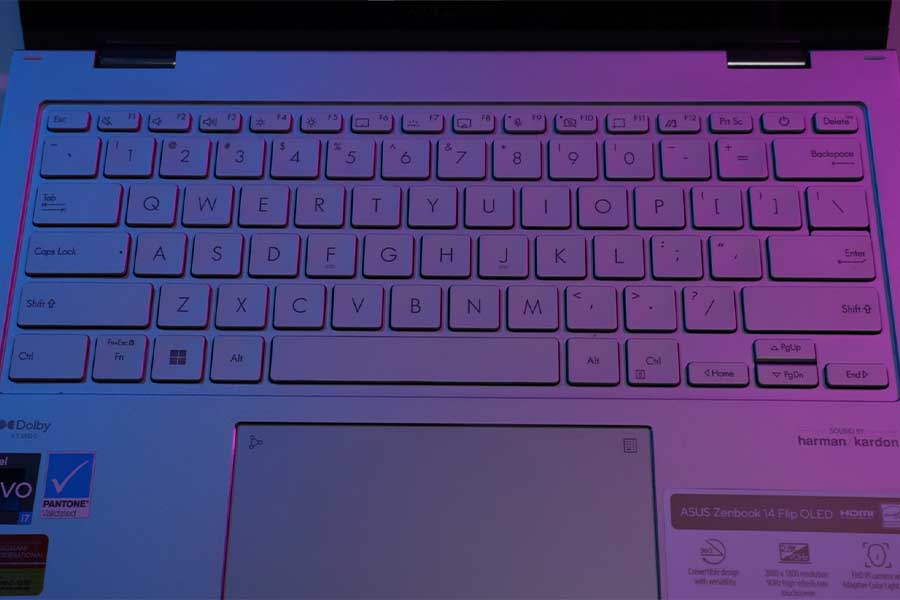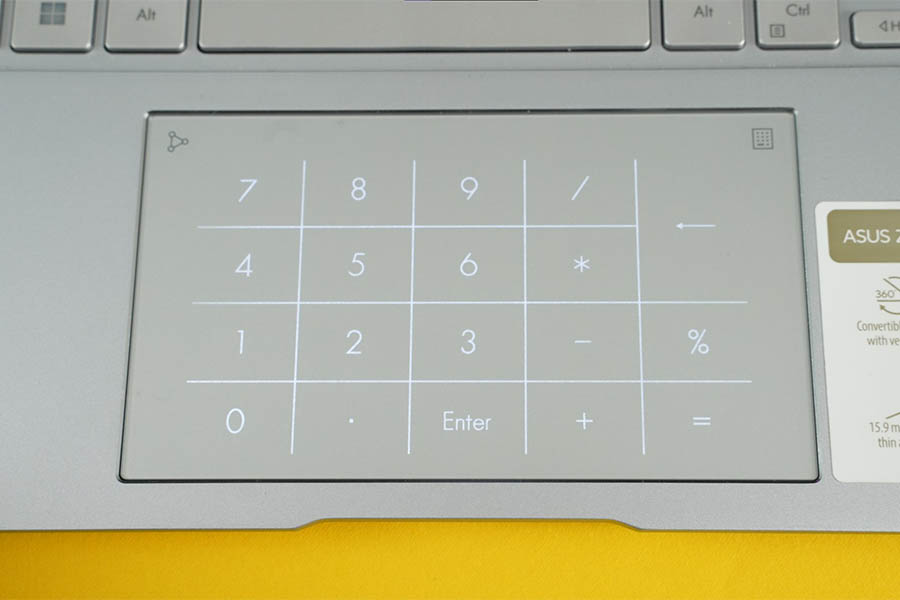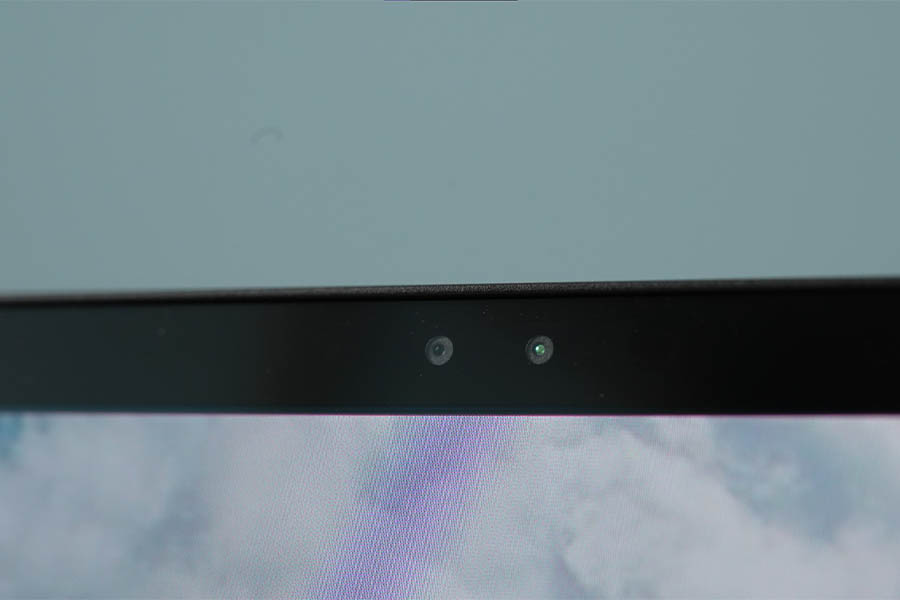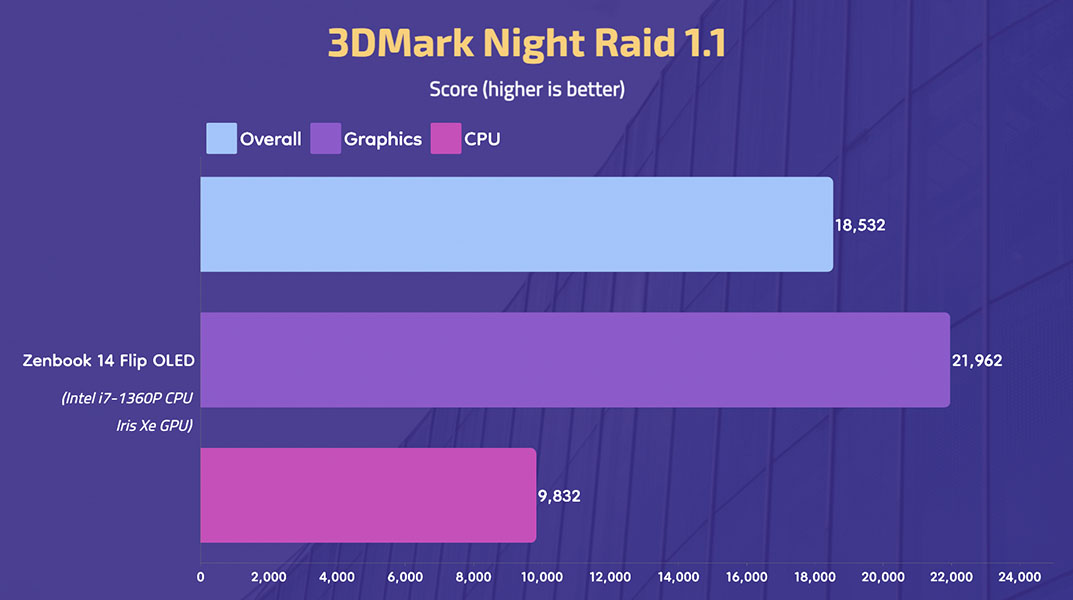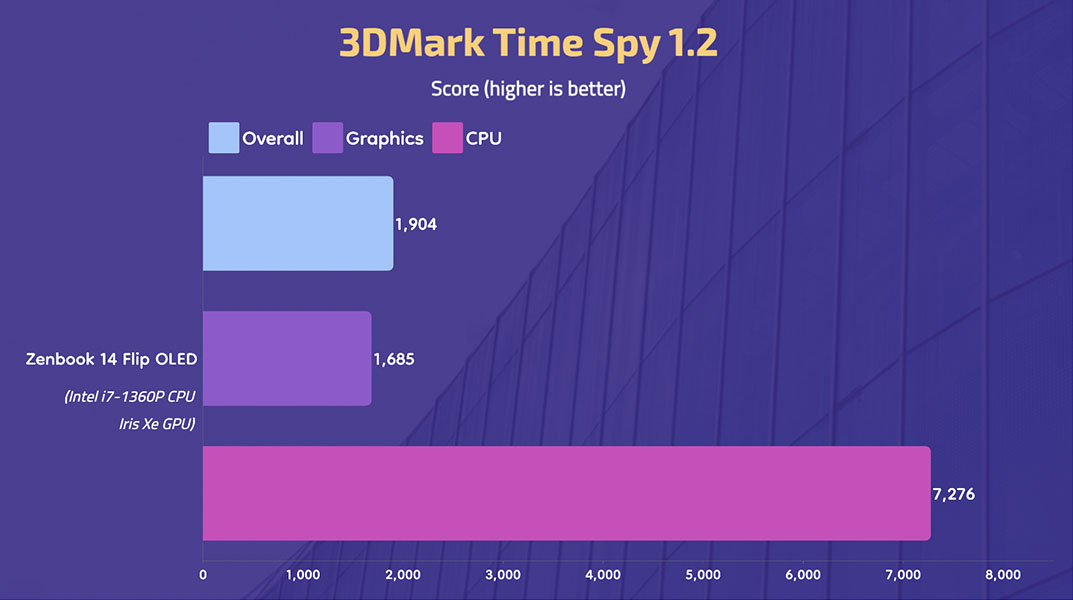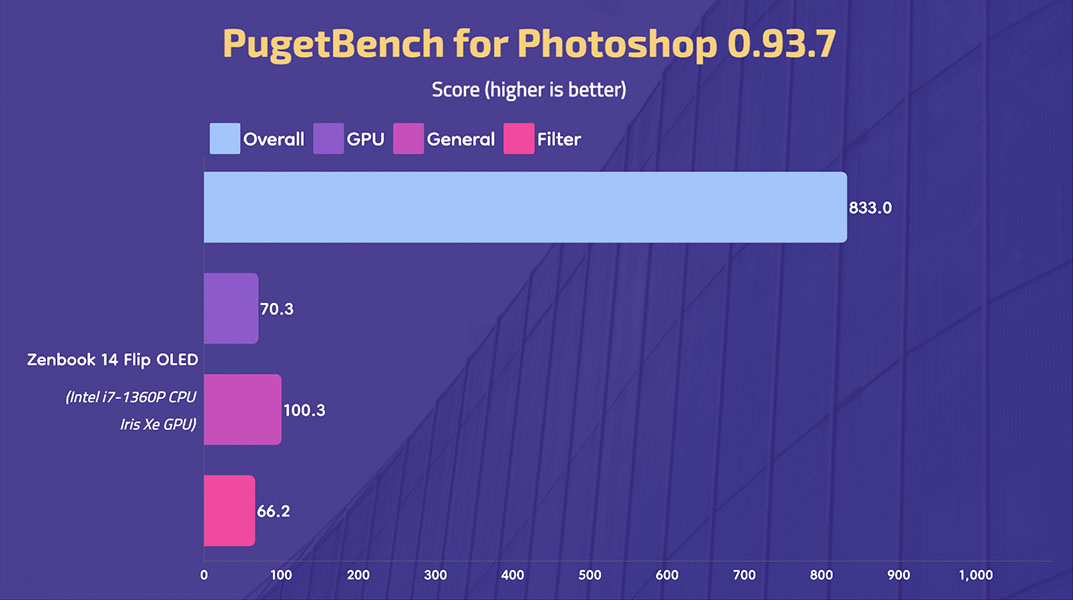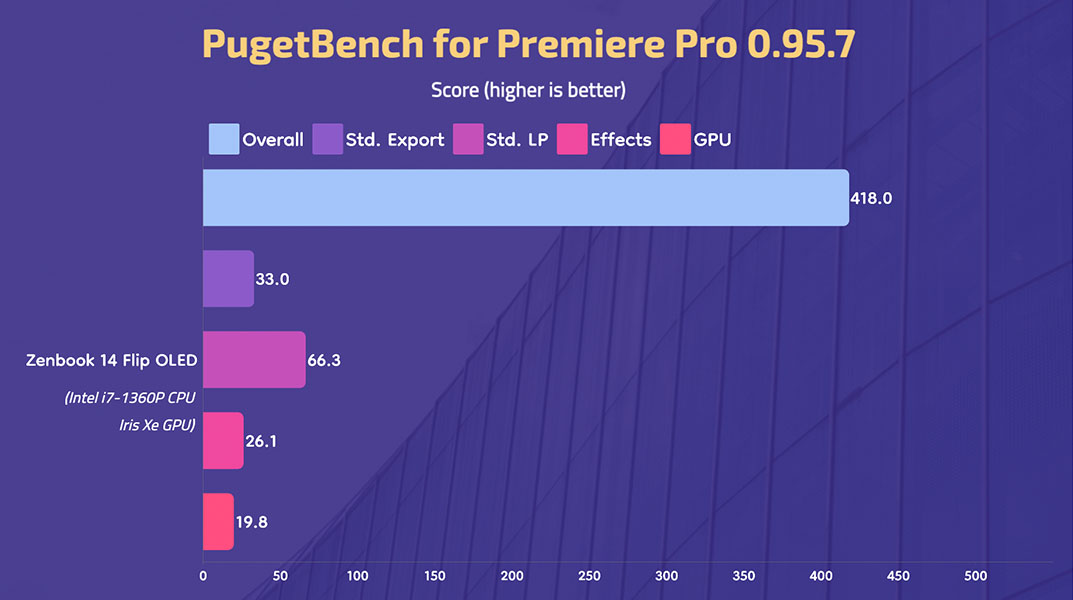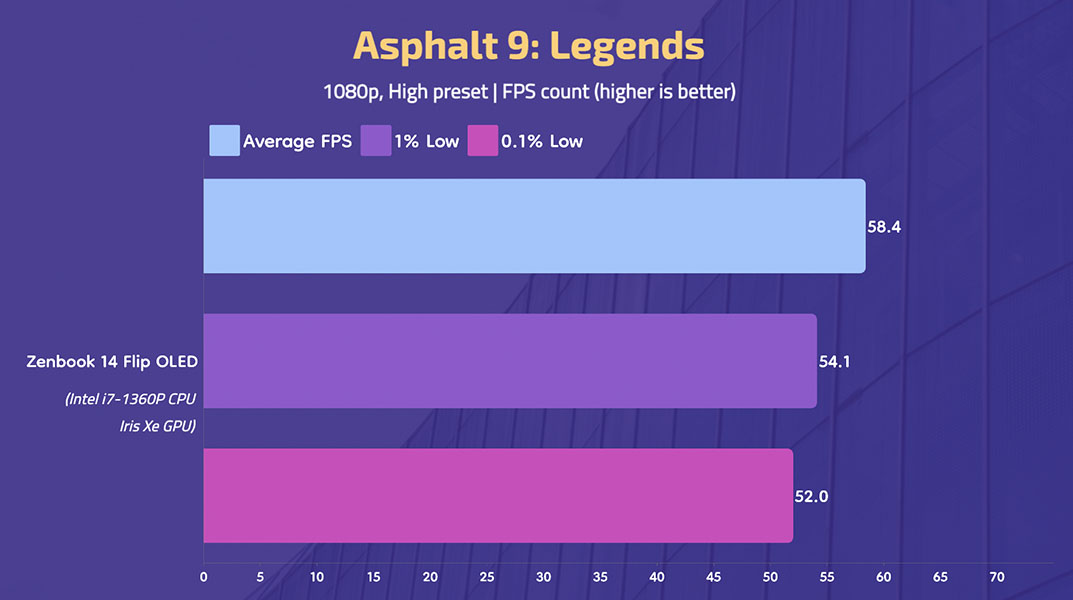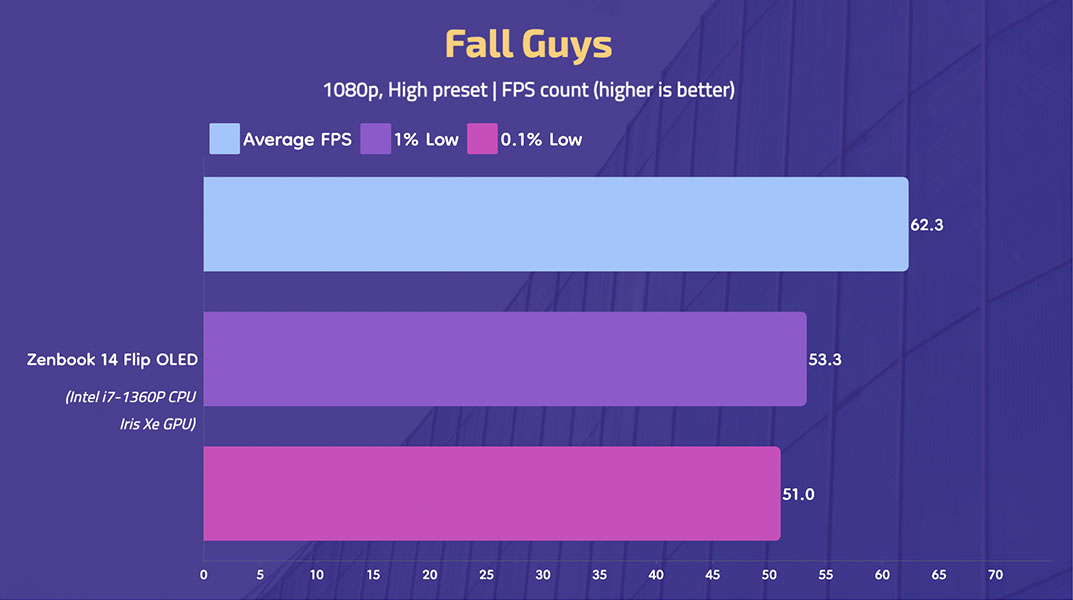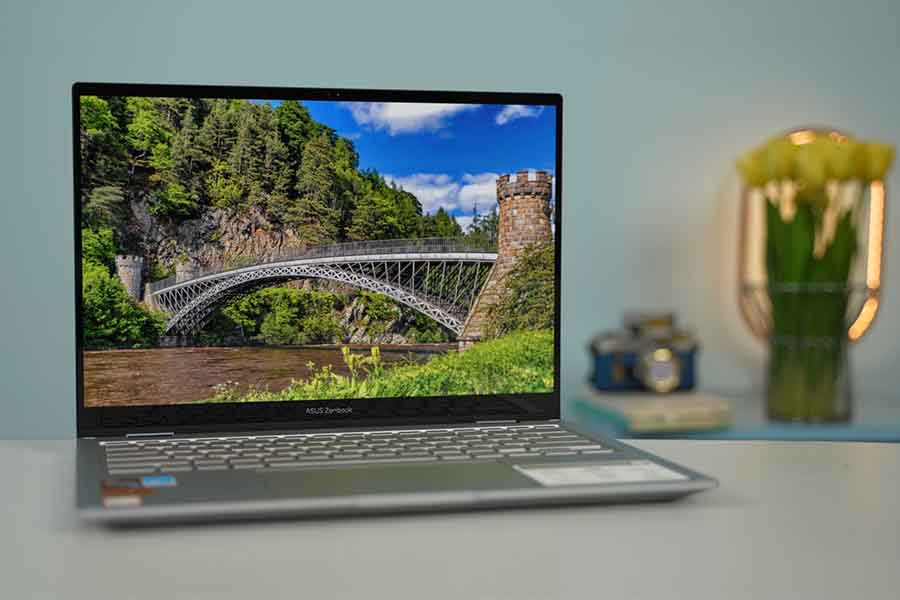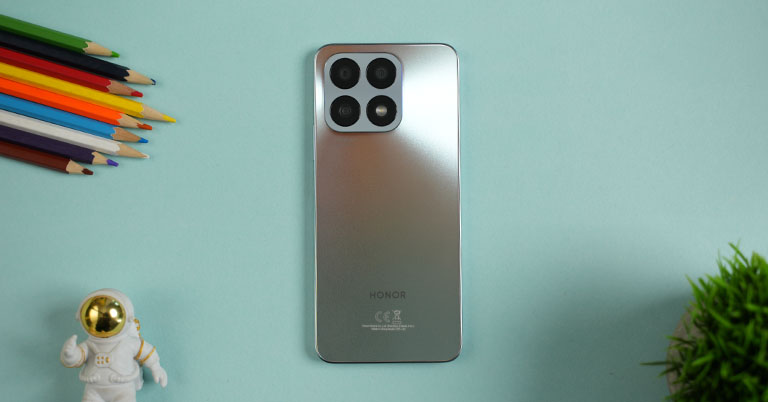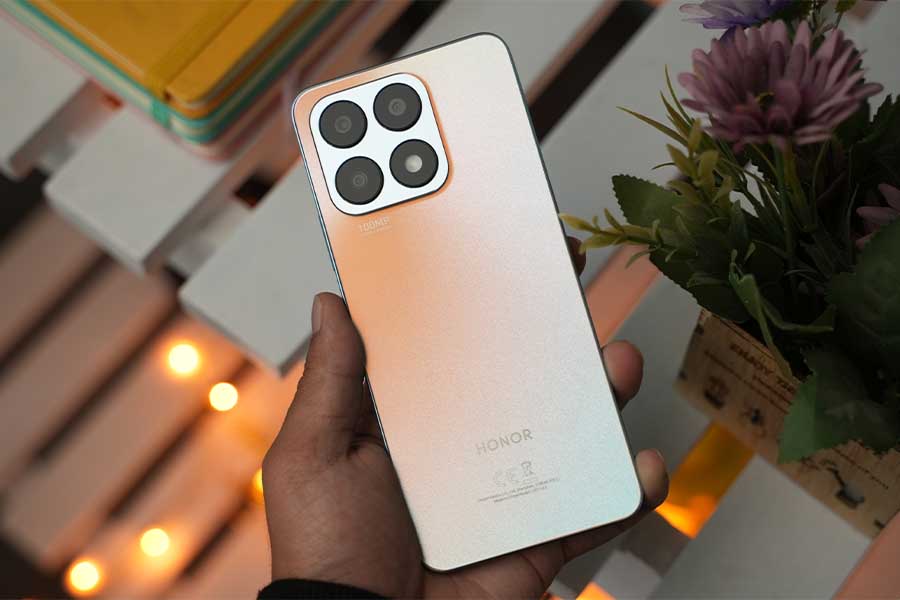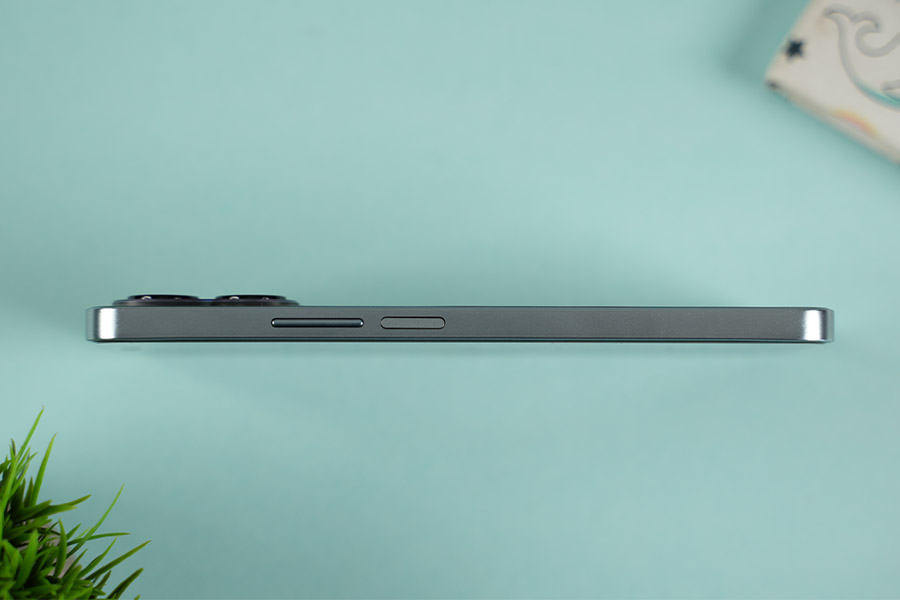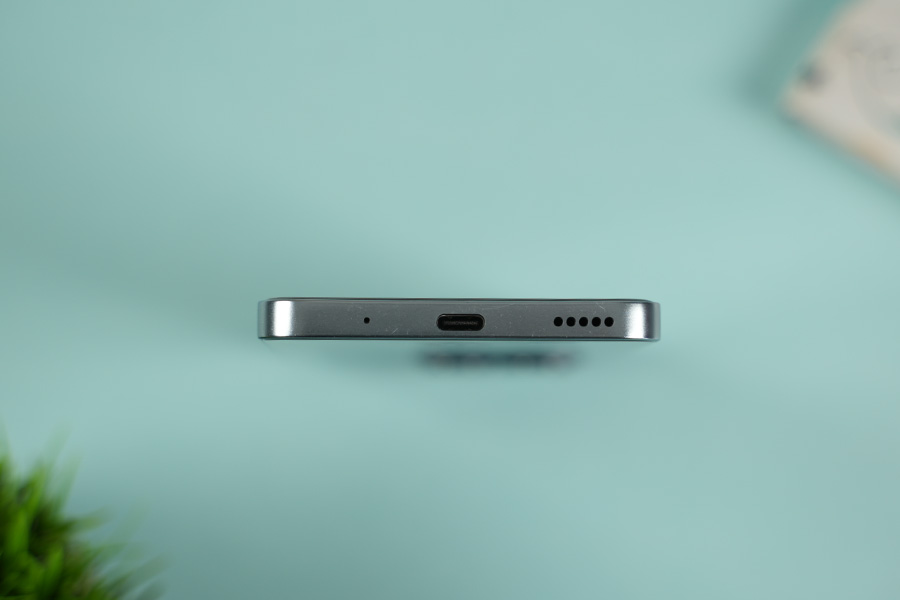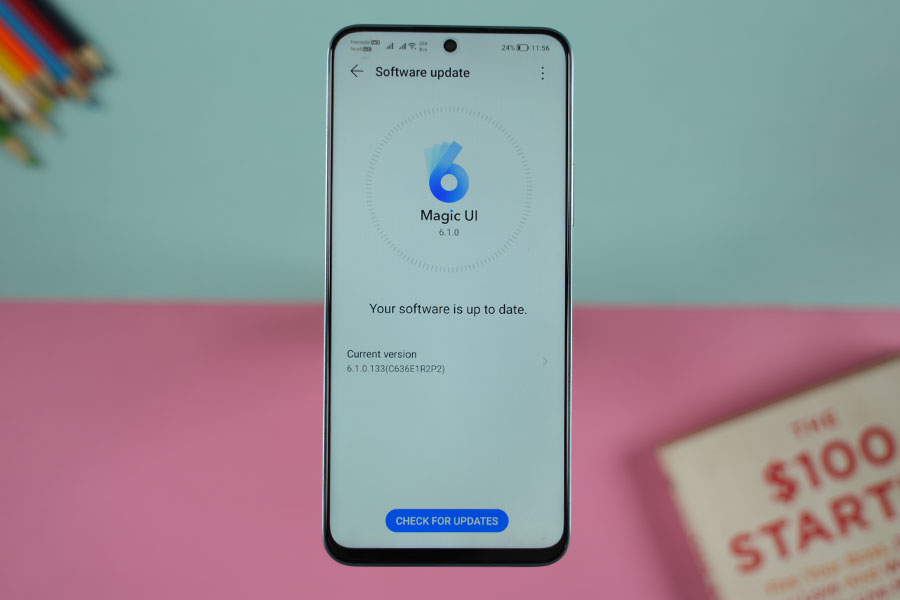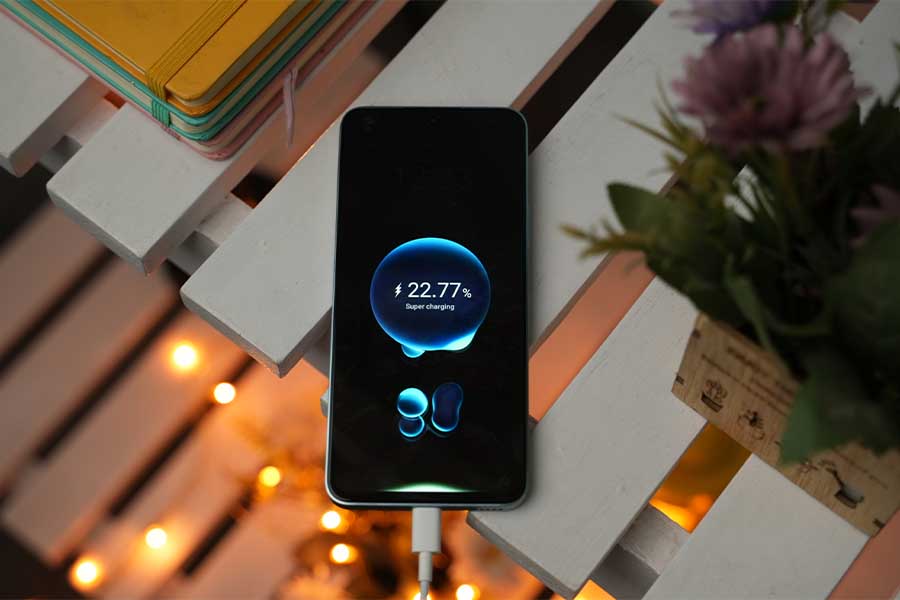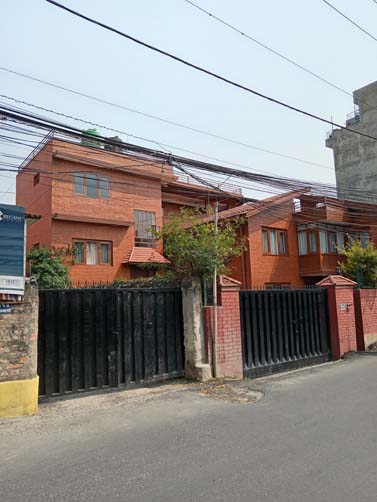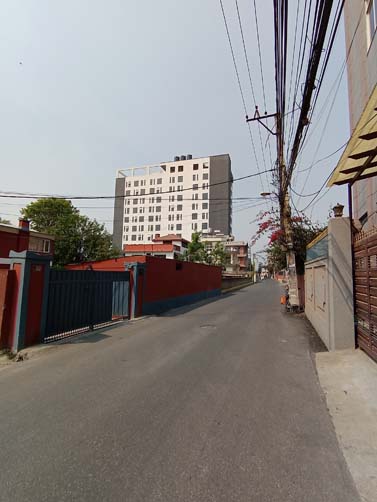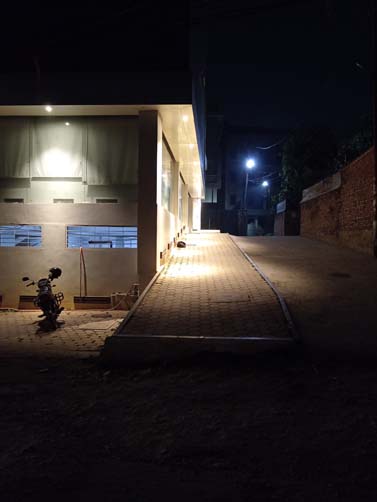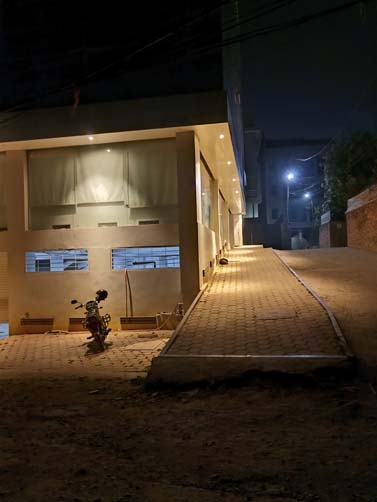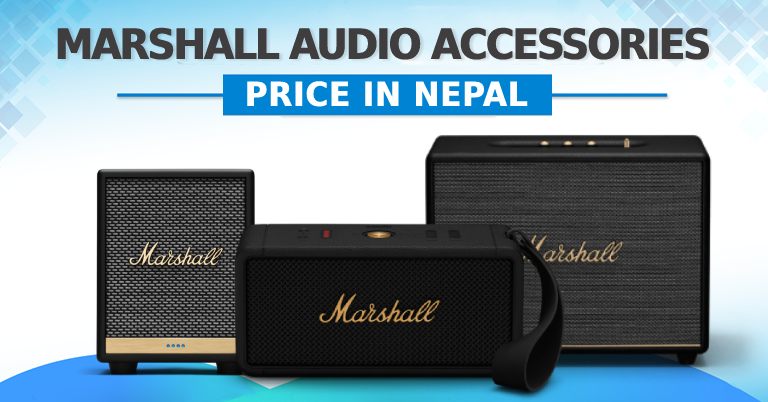Marshall, the popular British brand that designs and manufactures premium musical instruments, has stepped its foot into the Nepali market. So in this article, we will take a closer look at the specifications, features, availability, and official price of all the Marshall Audio Accessories in Nepal.
Marshall: Brand Overview
As mentioned earlier, Marshall is a British brand of musical instruments. The company was founded in 1962 by Jim Marshall, who started producing guitar amplifiers in a small shop in Hanwell, London. Over the years, Marshall has become one of the most iconic and recognizable brands in the music industry, known for its high-quality guitar amplifiers.
In fact, Marshall’s amplifiers are used by many famous musicians, including Jimi Hendrix, Eric Clapton, and Slash. The has expanded its product line to include a range of lifestyle products, such as Bluetooth speakers, and home audio systems in recent years. And Marshall has now entered the Nepali market with Evo Store as its authorized distributor in Nepal. So let’s go through all the Marshall audio accessories that are available in Nepal, along with their official price.
Marshall Audio Accessories Price in Nepal:
Earphones
Mode
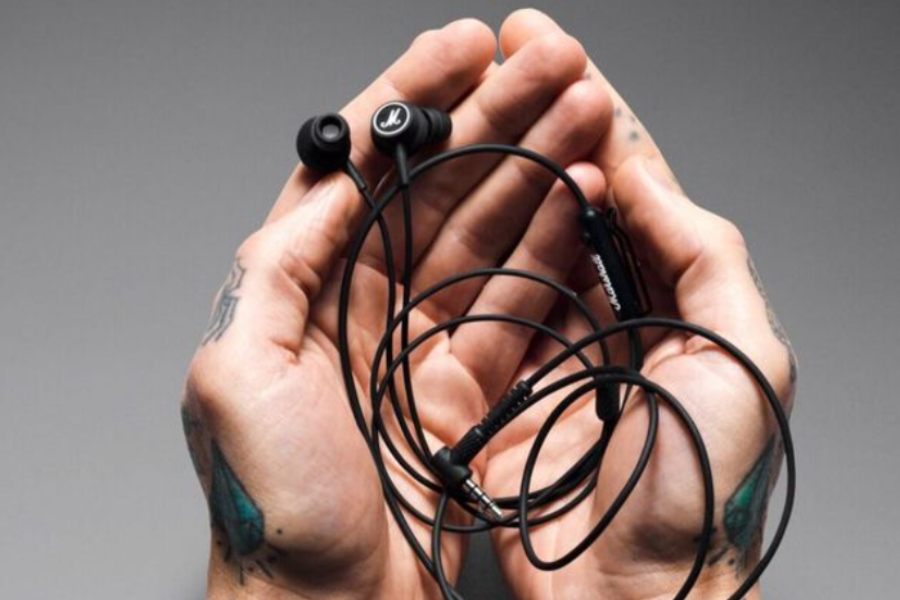
The Marshall Mode is an in-ear wired headphone that connects to your device using a 3.5mm headphone jack. It has a customized 9mm driver that delivers a frequency range of 20Hz to 20KHz, with an impedance of 34 ohms. Additionally, Marshall provides four different sizes of ear tips so that you can find the perfect fit for your ears.
Specifications:
- Weight: 17 gm
- Driver: 9mm Dynamic driver
- IP Rating: No
- Controls: Physical buttons
- Connectivity: 3.5mm headphone jack
- Price in Nepal: NPR 7,900
Mode EQ
The Mode EQ shares similar specs to the Marshall Mode, with a 9mm driver and a frequency range of 20Hz to 20KHz. However, the Mode EQ comes with a distinct feature that sets it apart from the Mode.
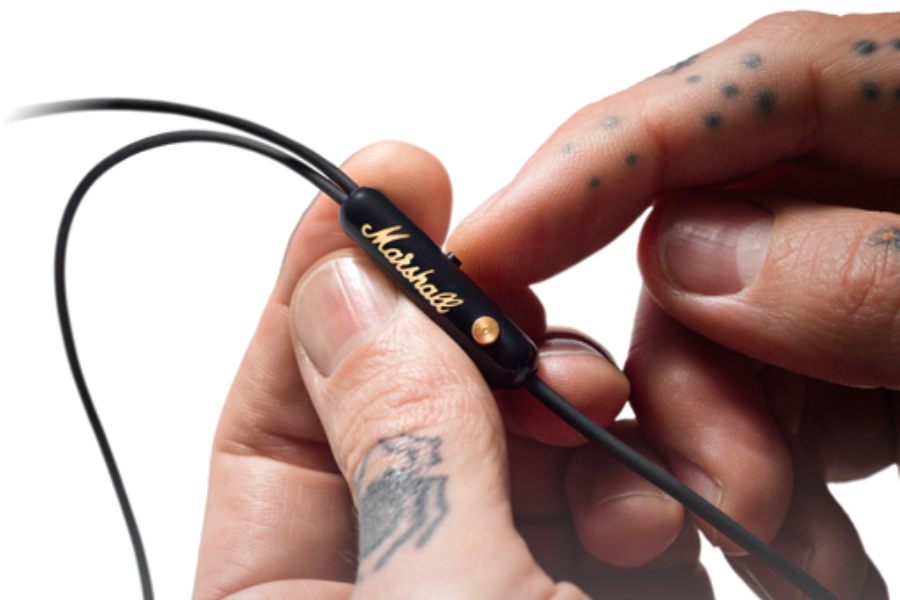
It features a unique EQ switch on the remote that allows you to personalize your audio experience even further. You can choose between two sound settings, with the first setting delivering warm, bass-heavy sounds, while the second one emphasizes the mids and highs for a brighter sound.
Specifications:
- Weight: 20 gm
- Driver: 9mm Dynamic driver
- IP Rating: No
- Controls: Physical buttons
- Connectivity: 3.5mm headphone jack
- Price in Nepal: NPR 9,900
Minor III
Unlike the entries above, the Minor III is a truly wireless earbud (TWS). It comes with a 12mm dynamic driver, and Bluetooth 5.2 for wireless connectivity. You can use touch gestures to control the music, and they have an auto-pause and play feature that activates when you remove them from your ears.
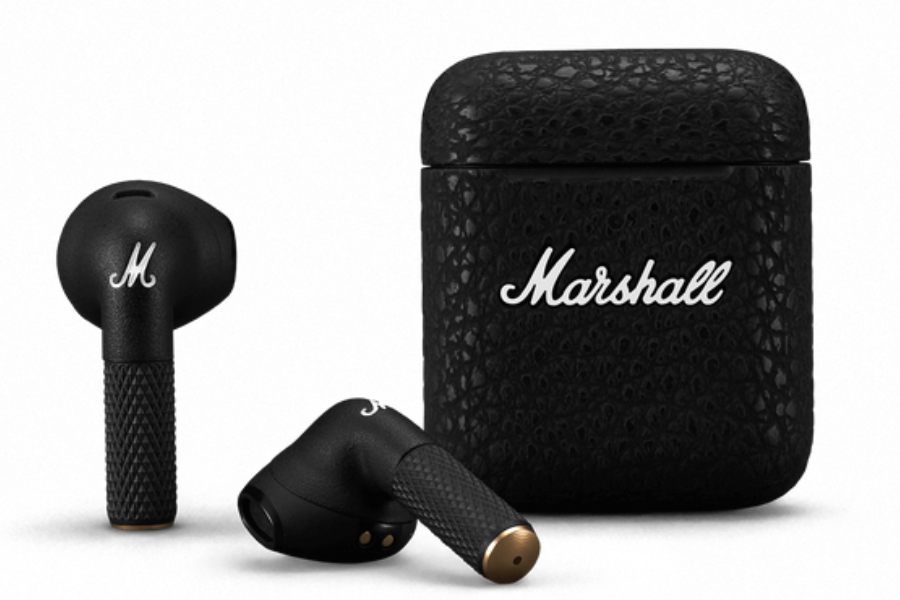
Additionally, the earbuds have a unique diamond-shaped texture on their stems, while the case has a stylish leather-like finish. The buds are also IPX4 rated, which means they can resist water splashes.
Specifications:
- Weight: 4gm (earbuds)
- Driver: 12mm Dynamic driver
- Battery: 5 hours (earbuds) / 25 hours (case)
- Charging time: 1.5 hours (earbuds) / 2 hours (case)
- IP Rating: Yes, IPX4
- Controls: Touch gestures
- Connectivity: Bluetooth 5.2
- Price in Nepal: NPR 17,900
Motif ANC
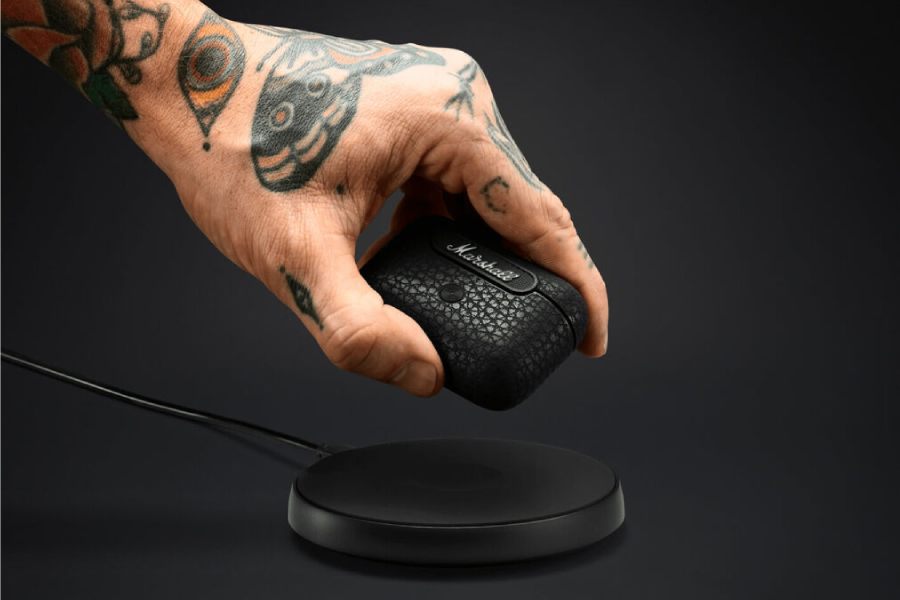
Marshall Motif ANC is the brand’s first-ever wireless earbuds with Active Noise Cancellation (ANC), and have 6mm dynamic drivers for the sound. The earbuds use Bluetooth v5.2 for easy connectivity and have two microphones on each earpiece that works together to enable both noise cancellation and offer clearer calls. The earbuds are designed to withstand water splashes with an IPX5 rating, while the charging case is IPX4 rated. They can last up to 20 hours per charge cycle, with ANC activated, and you can charge it wirelessly too.
Specifications:
- Weight: 4.25gm (earbuds)
- Driver: 6mm Dynamic driver
- Battery: 4.5 hours (earbuds w/ANC) / 20 hours (case w/ANC)
- Charging time: 3 hours (earbuds) / 3 hours (case)
- IP Rating: Yes, IPX4
- Controls: Touch gestures
- Connectivity: Bluetooth 5.2
- Price in Nepal: NPR 29,900
Headphones
Major IV
The Marshall Major IV is a wireless on-ear headphone that comes in a classic vinyl-textured finish and brass accents for that retro aesthetic. The headphones feature 40mm dynamic drivers and a battery life of up to 80 hours.
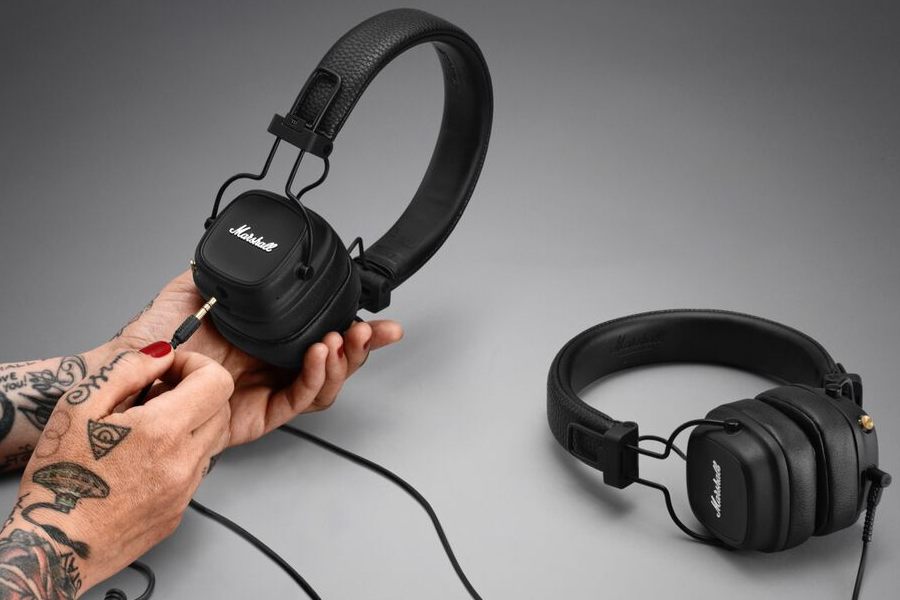
Additionally, the headphones come with a multi-directional control knob on the earcup, which allows you to easily adjust the volume, play, pause, and skip tracks without having to reach for your device.
Other noteworthy features of the Marshall Major IV include fast charging, which provides 15 hours of playtime with just 15 minutes of charging, and a collapsible design for easy portability. Likewise, they are compatible with both Bluetooth and a 3.5mm cable.
Specifications:
- Weight: 165gm (earbuds)
- Driver: 40mm Dynamic driver
- Battery: 80+ hours of listening time
- Charging time: 3 hours
- IP Rating: No
- Controls: Knob
- Connectivity: Bluetooth 5.0
- Price in Nepal: NPR 19,900
Monitor II ANC
Unlike the Major IV, the Marshall Monitor II ANC is a pair of over-the-ear style headphones that boast a sleek and stylish design with a headband made of vegan leather.

The headphones come equipped with custom-tuned 40mm dynamic drivers for rich sound. And as the name suggests, it features active noise cancellation (ANC), which effectively cancels out external noises.
You can enable/disable it with the ANC button, and the headphones also have a Multi-functional or M-button, which lets you switch between three equalizers presets or access your voice assistant while on the go.
The headphones also feature a control knob on the earcup for adjusting the volume or playing/pausing music. The Monitor II ANC is rated to deliver up to 30 hours of listening time with ANC and up to 40 hours without it.
Specifications:
- Weight: 320gm (earbuds)
- Driver: 20mm Dynamic driver
- Battery: 30 hours (earbuds w/ANC) / 40 hours (case w/ANC)
- Charging time: 2 hours
- IP Rating: No
- Controls: ANC button, M-button, Control knob
- Connectivity: Bluetooth 5.2
- Price in Nepal: NPR 39,900
Portable Bluetooth Speakers
Willen
Marshall Willen is the company’s most portable Bluetooth speaker yet. The speaker’s body is made of plastic, with 60% of the material derived from recycled electronics, which makes it an eco-friendly choice.
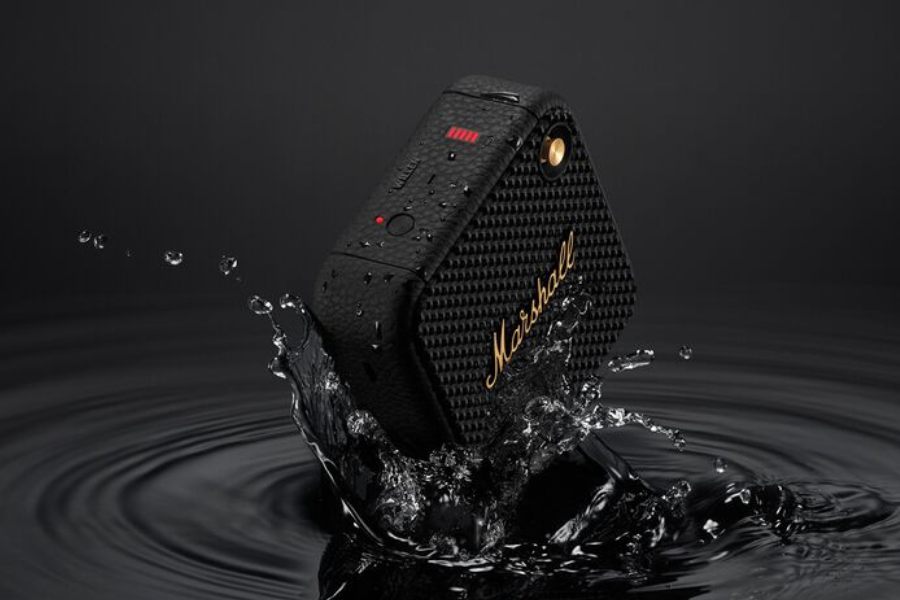
As for the audio, it is equipped with a 2-inch full-range driver and two passive radiators. And despite its compact size, the speaker boasts a long battery life of up to 15 hours on a single charge. Although it takes three hours to fully charge the battery. Another impressive feature of the speaker is its IP67 rating, which ensures that it is resistant to both dust and water.
Specifications:
- Dimensions: 101.6 x 100.5 x 40.4 mm
- Driver:
– One 2” 10 W full range
– Two passive radiators
- Battery: 15+ hours listening time
- Charging time: 3 hours
- Connectivity: Bluetooth 5.1
- IP Rating: Yes, IP67
- Colors: Black and Brass, Cream
- Price in Nepal: NPR 15,500
Emberton II
Next, we have Marshall Emberton II. It’s a portable speaker that boasts a stylish, durable exterior that is both water and dust-resistant, making it ideal for outdoor use. Likewise, the speaker has a battery life of over 30 hours, which means the speakers can last all day and well into the night without needing a recharge.

It also has a quick charge feature that allows for 4 hours of playback with just 20 minutes of charging. The Emberton II comes equipped with two 2-inch full-range drivers and two passive radiators for clear sound with rich bass tones. Additionally, the speaker has a multi-directional control knob that allows you to adjust the volume, skip tracks, and play/pause music with ease.
Specifications:
- Dimensions: 68 x 160 x 76 mm
- Drivers:
– Two 2″ 10 W full range
– Two passive radiators
- Battery: 30+ hours listening time
- Charging time: 3 hours
- Connectivity: Bluetooth 5.1
- IP Rating: Yes, IP67
- Colors: Black and Brass, Cream
- Price in Nepal: NPR 26,500
Middleton
While Marshall Willen is the company’s smallest Bluetooth speaker, the Middleton is its biggest portable speaker. It weighs about 1.8 kg and is available in classic Marshall Black and Cream color. And as the Willen, it also has an IP67 rating for dust and water resistance.
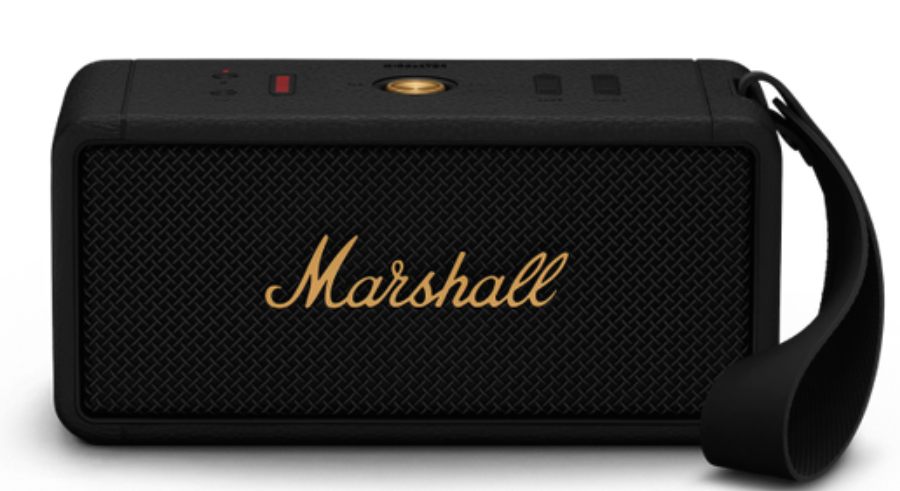
For audio, it has two 15-watt woofers, two 10-watt tweeters, and a pair of passive radiators that serve to pump music out of the smaller ends of this chunky rectangle. You can also connect multiple Middleton speakers for stereo output. Now, powering the speaker are three battery cells totaling 9,600mAh, and you can use the speaker as a USB-C power bank if needed.
Specifications:
- Dimensions: 109 x 230 x 95 mm
- Drivers:
– Two 3” 15W woofers
– Two 3/5” 10W tweeters
– Two passive radiators
- Battery: 20+ hours listening time
- Charging time: 4.5 hours
- Connectivity: Bluetooth 5.1
- IP Rating: Yes, IP67
- Colors: Black and Brass, Cream
- Price in Nepal: NPR 45,000
Stockwell II
The Stockwell II is another portable speaker offering by Marshall in Nepal. It weighs around 1.4kg and has a classic Marshall look, with a black vinyl exterior, a metal grille, and a gold-colored logo. There’s also a leather carry handle to carry it easily.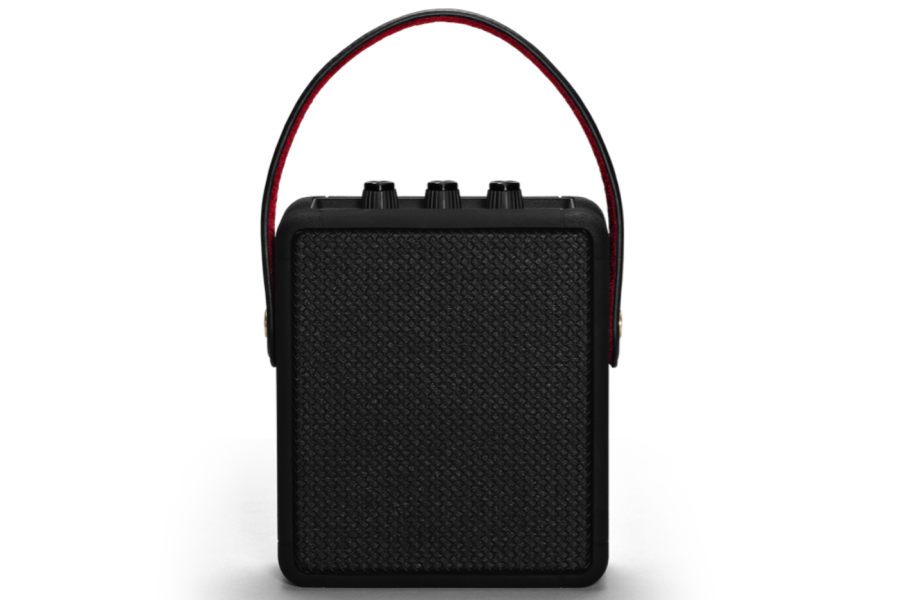
In terms of sound quality, the Stockwell II features two 10-watt tweeters and a 20-watt woofer. And it also has a multi-directional sound feature, which ensures that the sound is evenly dispersed in all directions. Other features of the Stockwell II include a multi-host functionality, which allows for two devices to be connected simultaneously, and a quick-charge feature, which provides up to six hours of playback time with just 20 minutes of charging.
Specifications:
- Dimensions: 180 x 161 x 70 mm
- Drivers:
– One 10W Woofer
– Two 5W Tweeters
- Battery: 20+ hours listening time
- Charging time: 5 hours
- Connectivity: Bluetooth 5.0
- IP Rating: Yes, IPX7
- Colors: Black and Brass
- Price in Nepal: NPR 35,000
Kilburn II
The Kilburn II boasts a design that is similar to the Stockwell II, except it has a flatter rectangular shape instead of an upright design. It also features a convenient carry handle and three knobs on the top for adjusting bass, treble, and volume. The speaker has a 20-watt woofer and two 8-watt tweeters that produce a wide frequency range of 52Hz to 20KHz.

What’s interesting about the Kilburn II is that it supports Bluetooth 5 aptX, which enhances the quality of wireless audio streaming. It also has multi-host and quick charge features like the Stockwell II. Its battery life is quite impressive too, with over 20 hours of listening time.
Specifications:
- Dimensions: 243 x 162 x 140 mm
- Drivers:
– One 20W Woofer
– Two 8W Tweeters
- Battery: 20+ hours listening time
- Charging time: 2.5 hours
- Connectivity: Bluetooth 5.0 aptX
- IP Rating: Yes, IPX2
- Colors: Black and Brass
- Price in Nepal: NPR 45,000
Tufton
The Tufton is currently the most expensive portable speaker offered by Marshall in Nepal. It boasts a three-way driver system, which includes a 40-watt woofer, two 15-watt full-range drivers, and a rear-firing bass port. All these components work together to produce a rich, high-quality sound. The speaker has a frequency response range of 40Hz to 20kHz.
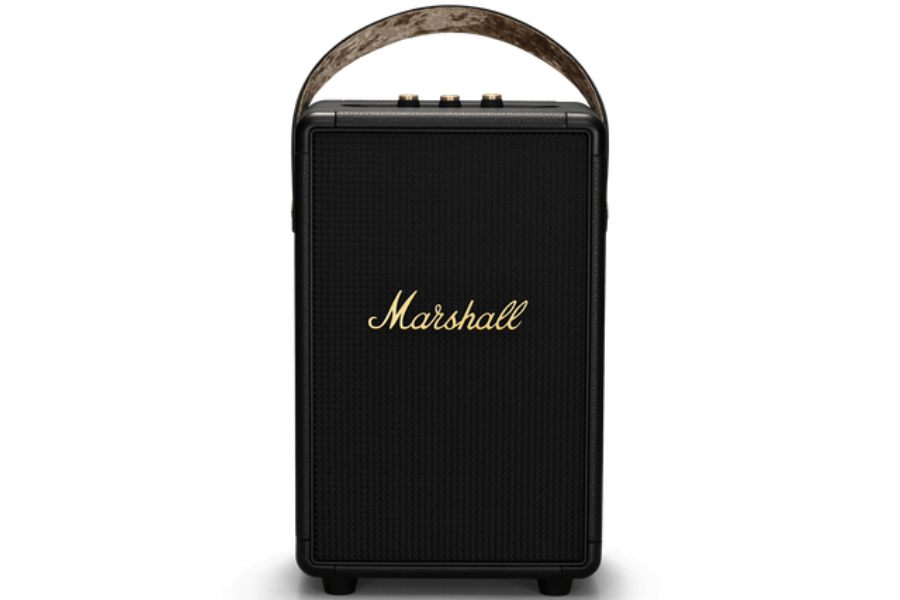
Furthermore, the speaker has a rugged build with a metal grille, corner caps, and a leather strap that adds to its overall portability. It’s also water-resistant, so you can take it with you wherever you go without worrying about it getting damaged. For connectivity, the Tufton features Bluetooth 5.0. And it can deliver a battery life of over 20 hours.
Specifications:
- Dimensions: 229 x 163 x 350 mm
- Drivers:
– One 40W Woofer
– Two 15W Amplifiers
– One 10W Tweeters
- Battery: 20+ hours listening time
- Charging time: 2.5 hours
- Connectivity: Bluetooth 5.0
- IP Rating: Yes, IPX2
- Colors: Black and Brass
- Price in Nepal: NPR 65,000
Marshall HomeLine III
Next on the list of Marshall audio accessories prices in Nepal, we have the HomeLine III series of speakers. HomeLine III, as the name suggests, is a third generation of the HomeLine series that consists of three speakers. The speakers were launched not too long ago, in Q4, 2022, and are now available in Nepal as well.
Action III
The HomeLine series speakers share a similar rectangular design, featuring Marshall’s logo on the front, brass multi-directional control knobs, and a classic power switch. These speakers are also eco-friendly as they are made of 70% recycled plastic and vegan materials.

However, they differ in size, with the Action III being the smallest. It comes with a 30W amplifier for the woofer and two 15W amplifiers for the tweeters.
The speakers boast features such as ‘Placement Compensation’, which optimizes the output based on reflective surfaces placed nearby that may affect the sound quality. Additionally, there is a built-in ‘Dynamic Loudness’ feature that adjusts the tonal balance for a more balanced sound quality.
Specifications:
- Dimensions: 260 x 170 x 150 mm
- Drivers:
– One 30W amplifier for woofer
– Two 15W amplifiers for tweeters
- Connectivity: Bluetooth 5.2
- IP Rating: No
- Colors: Black
- Price in Nepal: NPR 48,000
Stanmore III
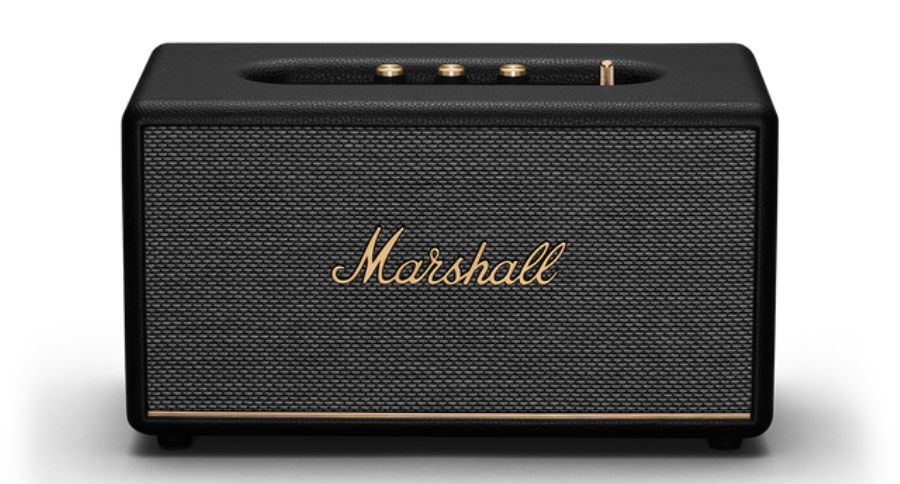
The Stanmore III is the second speaker in the HomeLine series, which differs from the Action III in terms of size and driver composition. It comes with one 50W amplifier for the woofer and two 15W amplifiers for the tweeters. Like the other HomeLine speakers, it has three separate knobs on the top to control volume, bass, and treble.
Specifications:
- Dimensions: 350 x 203 x 188 mm
- Drivers:
– One 50W amplifier for woofer
– Two 15W amplifiers for tweeters
- Connectivity: Bluetooth 5.2
- IP Rating: No
- Colors: Black
- Price in Nepal: NPR 55,000
Woburn III
The Woburn III is the most specced out unit in the HomeLine III series. It stands out from the Action III and Stanmore III with its three-way driver system, which includes one 90W amplifier for the woofer, two 15W amplifiers for the mid-range, and two 15W amplifiers for the tweeters.
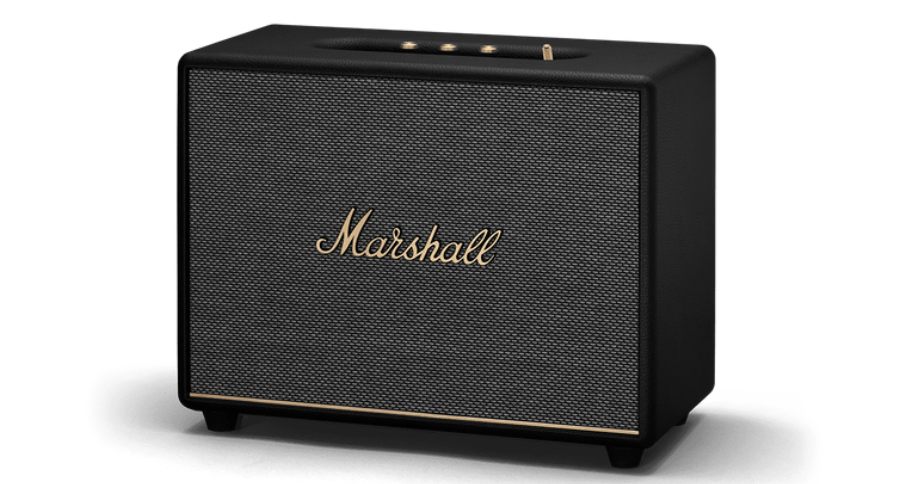
Additionally, the Woburn III has an HDMI connectivity option, which is not present in the other two models. However, it shares many other features, such as Dynamic Loudness and Placement Composition. It’s also worth noting that these speakers require a direct power source and do not have a built-in battery.
Specifications:
- Dimensions: 400 x 317 x 203 mm
- Drivers:
– One 90W amplifier for woofer
– Two 15W amplifiers for mids
– Two 15W amplifiers for tweeters
- Connectivity: Bluetooth 5.2
- IP Rating: No
- Colors: Black
- Price in Nepal: NPR 89,900
Marshall Voice
Marshall Voice lineup also comprises of Bluetooth speakers, but they feature built-in voice assistant support. Currently, the brand has introduced only the Marshall Uxbridge Voice model in Nepal.
Marshall Uxbridge Voice
The Uxbridge Voice brings a perfect blend of classic Marshall design and contemporary technology, delivering powerful sound while retaining its classic look. It comes with a 30W amplifier for both the woofer and tweeter and has an operating frequency range of 54-20,000 Hz.
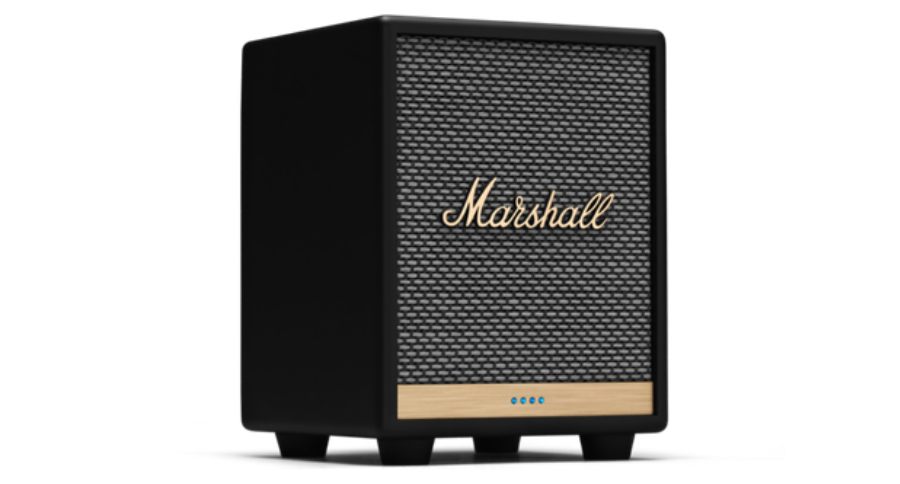
However, what really sets it apart from other Bluetooth speakers is its built-in voice assistant support. Specifically, the Uxbridge Voice has Amazon Alexa support, making it a smart speaker capable of controlling your home appliances with voice commands. It also supports Apple AirPlay 2, making it the first device in the Marshall lineup to support Apple’s streaming technology. Additionally, it comes with a supporting app that is present on both the Google Play Store and Apple’s App Store.
Specifications:
- Dimensions: 128 x 168 x 123 mm
- Drivers: One 30W amplifier for woofer and tweeter
- Connectivity: Bluetooth 4.2, Apple AirPlay 2, Spotify Connect
- Voice Assistant: Amazon Alexa
- IP Rating: No
- Colors: Black
- Price in Nepal: NPR 34,900
Marshall Audio Accessories Price in Nepal (Summary)
| Marshall Accessories |
Price in Nepal |
| Earphones |
|
| Mode |
Rs. 7,900 |
| Mode EQ |
Rs. 9,900 |
| Minor III |
Rs. 17,900 |
| Motif ANC |
Rs. 29,900 |
| Headphones |
|
| Major IV |
Rs. 19,900 |
| Monitor II ANC |
Rs. 39,900 |
| Portable Bluetooth Speakers |
|
| Willen |
Rs. 15,500 |
| Emberton II |
Rs. 15,500 |
| Middleton |
Rs. 45,000 |
| Stockwell II |
Rs. 35,000 |
| Kilburn II |
Rs. 45,000 |
| Tufton |
Rs. 65,000 |
| HomeLine III |
|
| Action III |
Rs. 48,000 |
| Stanmore III |
Rs. 55,000 |
| Woburn III |
Rs. 89,900 |
| Voice |
|
| Uxbridge Voice |
Rs. 34,900 |
Where to buy Marshall Audio Accessories in Nepal at the official price?
So, where can you buy these accessories? All Marshall Audio Accessories are available in Nepal at the official price in Evostore.
You might also be interested in:




